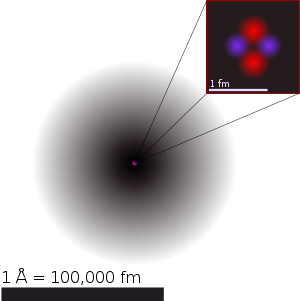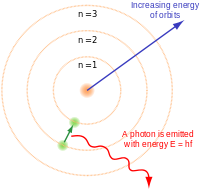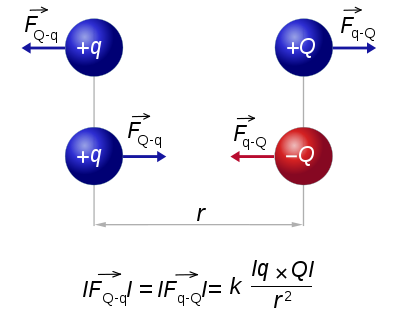What does all this mean?
The planck constant is h?
Is it too confusing for you? Too technical? What is the difference between the angular frequency of a photon, its energy, and its wavelength?
We know the wavelength of different colours of light because we can measure them, but can we accurately measure the spin of a single photon?
How about larger particles? Electrons, alpha particles?
Do we even know the direction of the spin? Is there a mechanism by which a photon can change its spin, and take a new direction? Is this a factor or function of gravity?
Angular velocity
In physics, the angular velocity is a vector quantity (more precisely, a pseudovector) which specifies the angular speed of an object and the axis about which the object is rotating. The SI unit of angular velocity is radians per second, although it may be measured in other units such as degrees per second, revolutions per second, revolutions per minute, degrees per hour, etc. It is sometimes also called the rotational velocity and its magnitude the rotational speed, typically measured in cycles or rotations per unit time (e.g. revolutions per minute). Angular velocity is usually represented by the symbol omega (ω, rarely Ω).
The direction of the angular velocity vector is perpendicular to the plane of rotation, in a direction which is usually specified by the right-hand rule.[1]

The Planck constant
The Planck constant (denoted h), also called Planck's constant, is a physical constant reflecting the sizes of energy quanta in quantum mechanics. It is named after Max Planck, one of the founders of quantum theory, who discovered it in 1900. Classical statistical mechanics requires the existence of h (but does not define its value).[2]
The Planck constant was first described as the proportionality constant between the energy (E) of a photon and the frequency of its associated electromagnetic wave (ν). This relation between the energy and frequency is called the Planck relation or the Planck–Einstein equation:
Since the frequency ν, wavelength λ, and speed of light c are related by λν = c, the Planck relation can also be expressed as
In 1923, Louis de Broglie generalized this relation by postulating that the Planck constant represents the proportionality between the momentum and the quantum wavelength of not just the photon, but any particle. This was confirmed by experiments soon afterwards.
In applications where frequency is expressed in terms of radians per second ("angular frequency") instead of cycles per second, it is often useful to absorb a factor of 2π into the Planck constant. The resulting constant is called the reduced Planck constant or Dirac constant. It is equal to the Planck constant divided by 2π, and is denoted ħ ("h-bar"):
The energy of a photon with angular frequency ω, where ω = 2πν, is given by


Angular frequency
In physics, angular frequency ω (also referred to by the terms angular speed, radial frequency, circular frequency, orbital frequency, and radian frequency) is a scalar measure of rotation rate. Angular frequency (or angular speed) is the magnitude of the vector quantity angular velocity. The term angular frequency vector  is sometimes used as a synonym for the vector quantity angular velocity.[1]
is sometimes used as a synonym for the vector quantity angular velocity.[1]
One revolution is equal to 2π radians, hence[1][2]
where
- ω is the angular frequency or angular speed (measured in radians per second),
- T is the period (measured in seconds),
- f is the ordinary frequency (measured in hertz) (sometimes symbolised with ν),
- v is the tangential velocity of a point about the axis of rotation (measured in meters per second),
- r is the radius of rotation (measured in meters).





